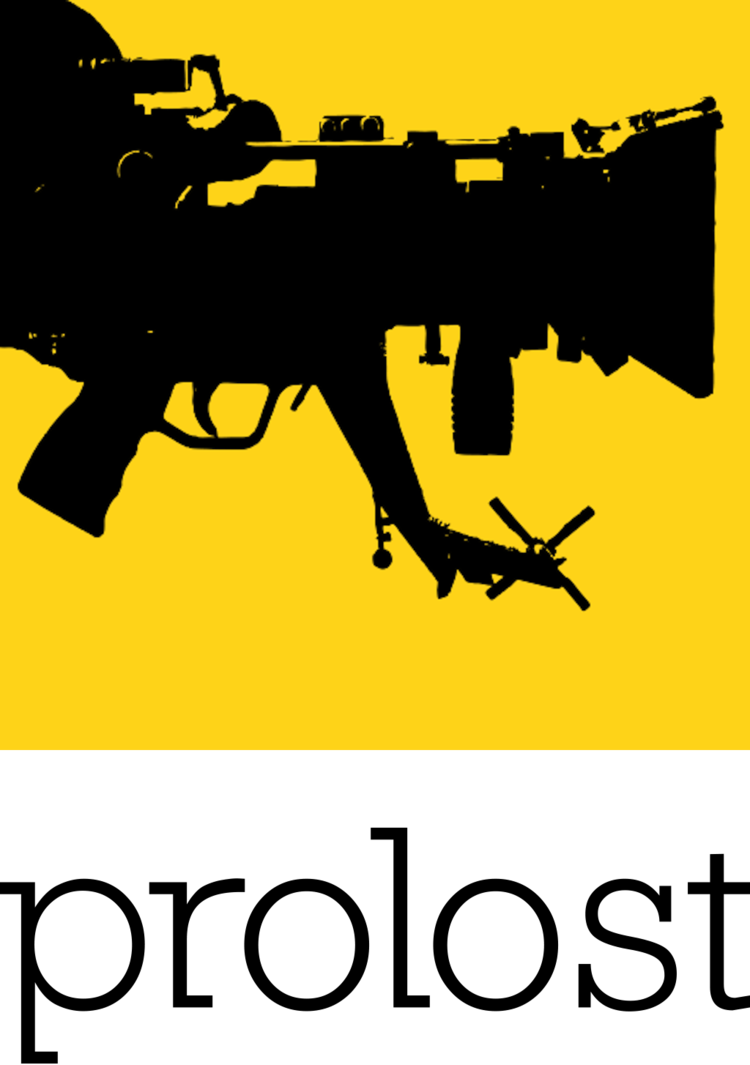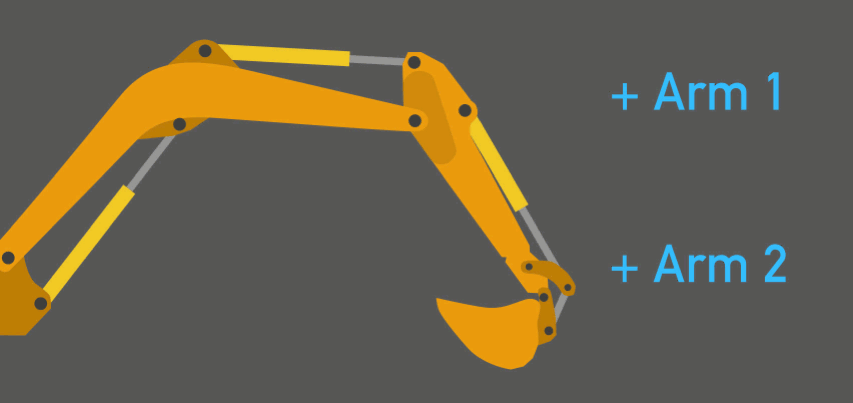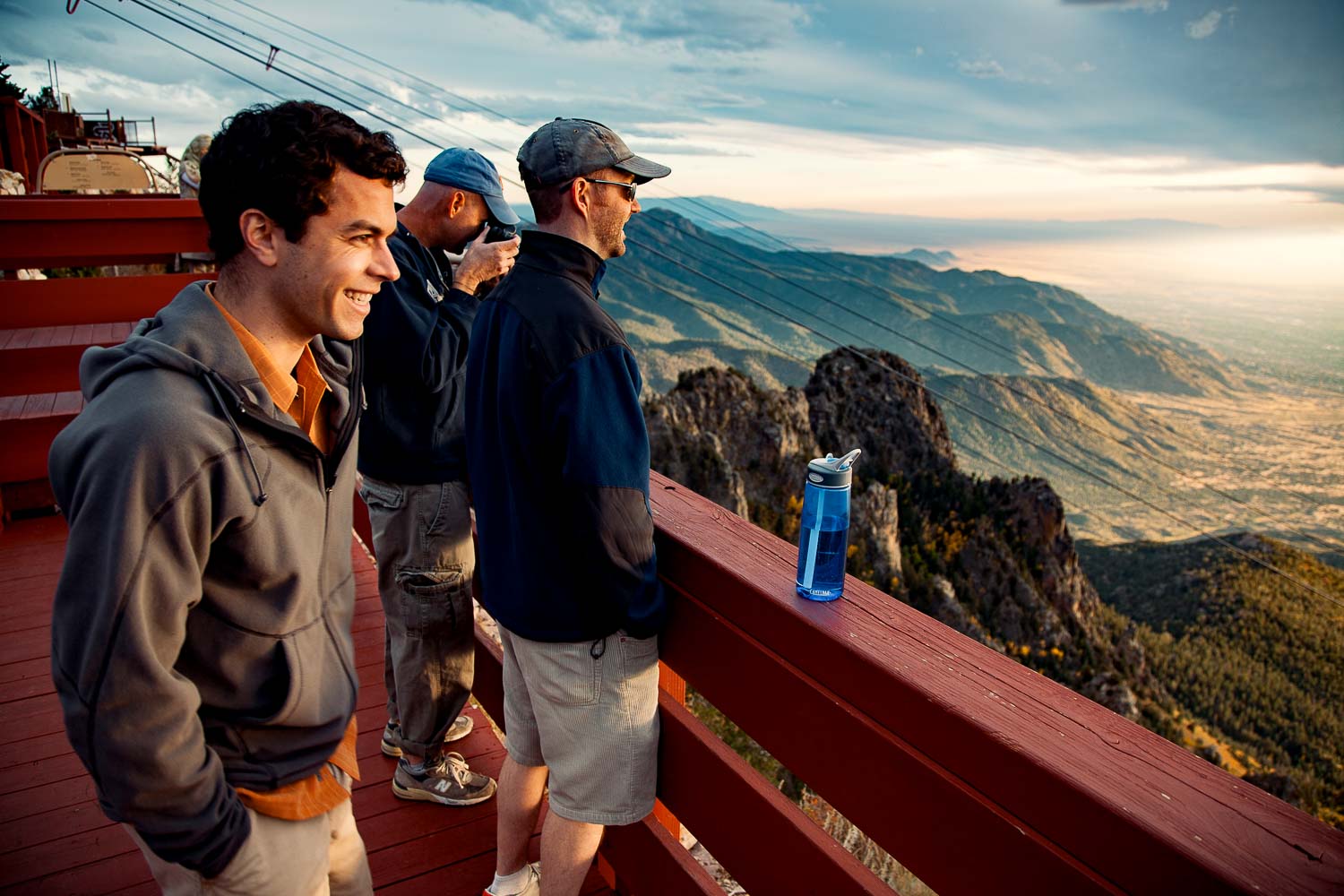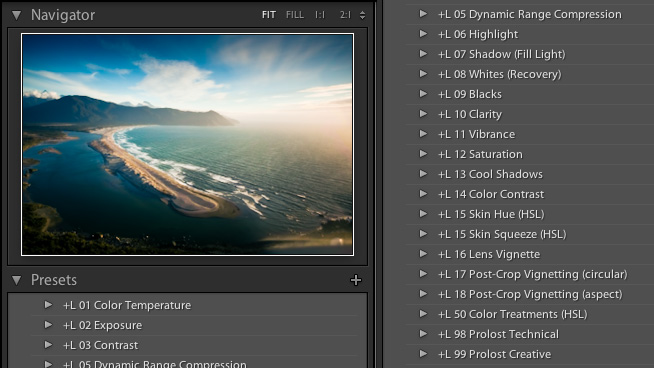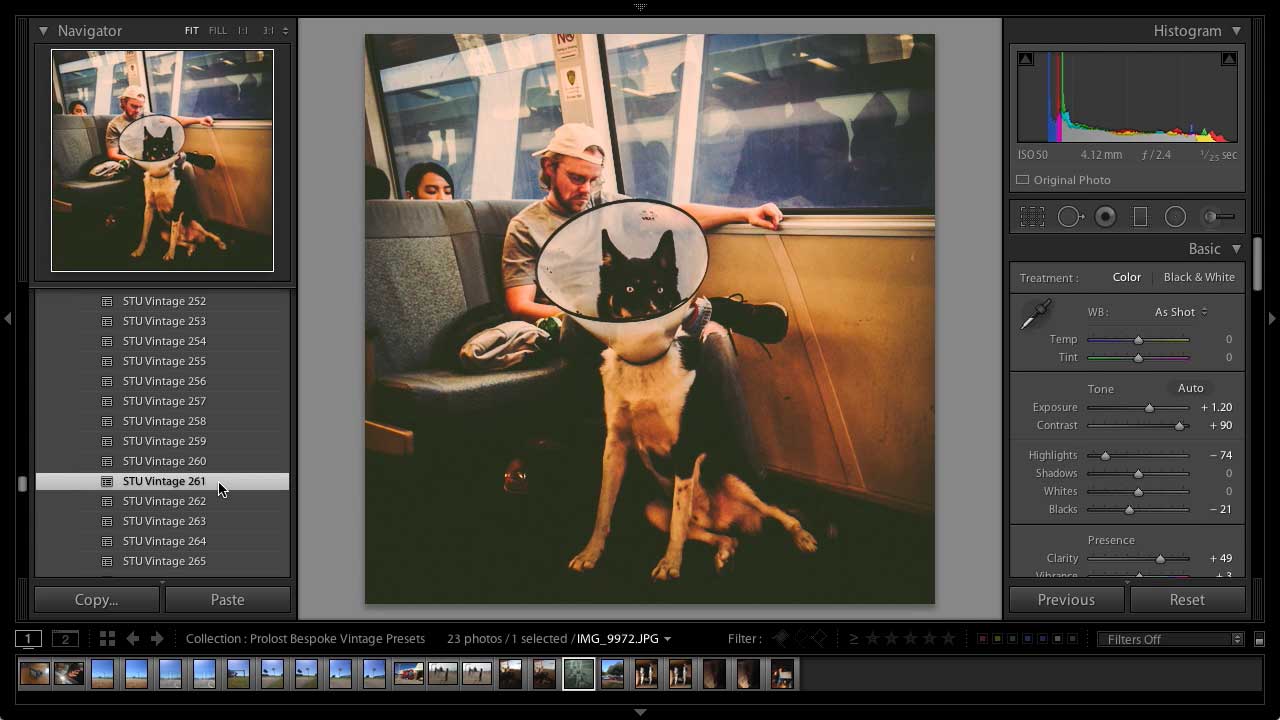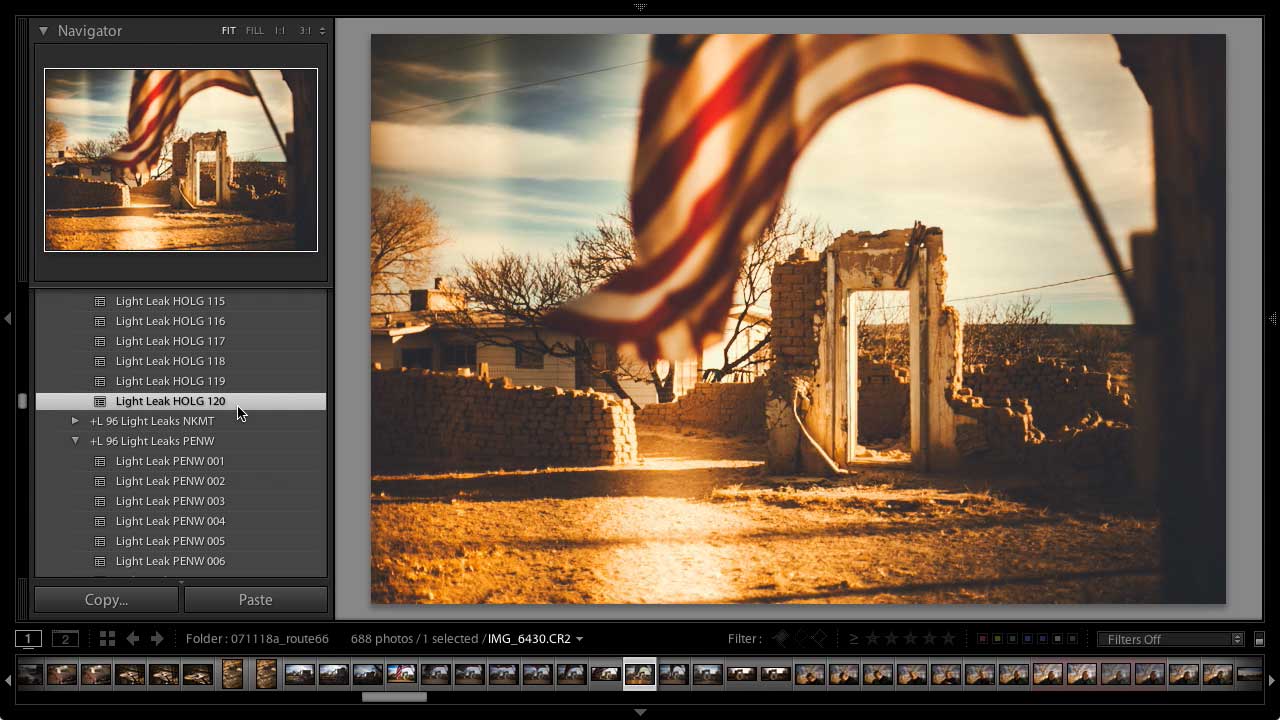Video is a matter of bandwidth, storage, and heat. And processing time. The L16 will generate about 50 megabytes of losslessly-compressed material per exposure. Light could aspire to do that 24 times per second, but the camera would have to look a lot different to accomodate the requisite processing power and storage. Light is not setting their sights there just yet. For now, 4K video comes from a single camera — but which camera is determined by your zoom choice, so you should expect 4K at any focal length from 35mm to 150mm.
They really want to work well with Lightroom, which is great. Light’s software (which does not exist yet as shown in the video) is promised to output DNG files, but they know that closer integration would be better.
You do focus the L16. All the lenses focus together. Your range of refocusing in post centers around the focus point you selected when shooting.
Close focus distance depends on zoom, just like in reality. Expect about 10cm minimum focus at 35mm, 40cm at 70mm, and 1m at 150mm. Let’s not hold them to these numbers, but it’s nice to know.
The cameras use electronic shutters. Which means the L16 will be prone to rolling shutter artifacts, just like your phone. In other words, it’s probably not something to worry about. Long shutter durations are created by accumulating multiple readouts of the sensors.
Light needs light. The L16 is a light-gathering device. Thats why it’s as big as it is — just like my Canon 50mm. There is an ISO, but no control of aperture. They may promise great low-light performance, but you’ll make better photos with more photons.
There’s a depth map, and you can have it. The L16 outputs a depth map of the scene, and Light expects folks to use this to great effect in post processing. A high-quality depth map makes it easy to cut out foreground objects, or insert imagery into a photo.
The sample images on their site are not representative of the final quality they intend to ship. They know their gallery needs work. They realize the images are biased toward showing off sharpness, punch, and resolution, rather than meaningful refocusing and DOF-simulation. They know their low-light example isn’t great, and they know they’re not yet impressing anyone with the dynamic range.
As one might imagine, they scrambled to get these images shot with the prototype in time for their launch. Many features are not implemented yet in the prototype, most notably varying the exposure from camera to camera for single-shot HDR capture. This should improve dynamic range dramatically.
They know they need some soft-focus, non-blown-out sample shots, and they plan to shoot some.
But I’m still worried about their ability to make super sexy shallow DOF photos. I brought my Canon 5D Mark III with 50mm F1.2L lens along, hoping maybe I could do the Pepsi challenge between it and their prototype. That didn’t happen, but we looked at some ƒ/1.2 photos I’d shot recently and spent a good deal of time talking about that shot from Nocturne. We talked about what makes for pleasing boke, and what kinds of creative possibilities emerge when boke is simulated. Rajiv confidently assured me that they could do everything a real lens could — but he also repeatedly referred to my ƒ/1.2 photos as “corner cases,” which is engineer-speak for “not the problem we’re solving for” — and that concerned me greatly.
